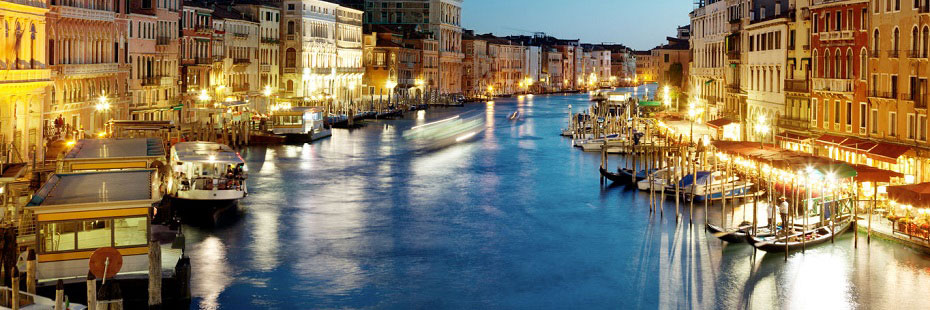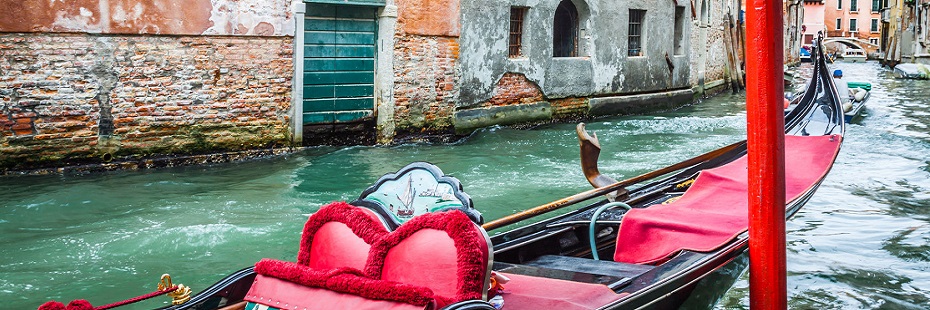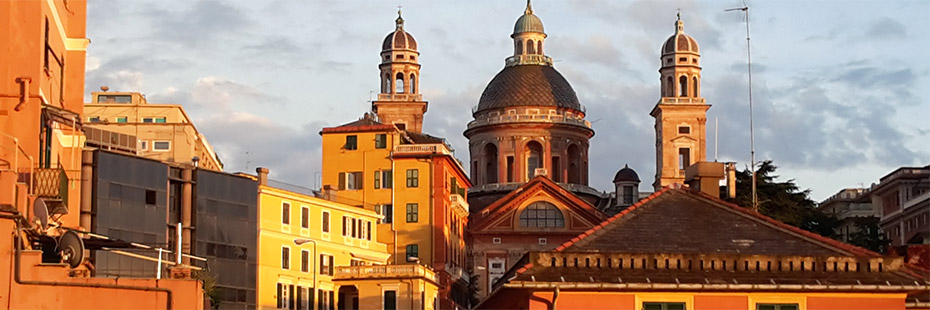"Giocando con gli stereotipi: artista Betty Zanelli" di T. Barbieri
| La ragione per cui ho scelto di presentare Betty Zanelli su CyberItalian è che mi ha sempre colpito e divertito la maniera in cui questa artista "gioca" con degli stereotipi legati a una certa cultura italiana. La cultura italiana, come tutte le culture forti, è carica di stereotipi; manipolarli, ridiscuterli e giocarci è l'unico modo per mantenere una cultura viva e sana. | The reason that I have chosen to present Betty Zanelli on CyberItalian is that I have always been impressed with, and enjoyed the manner in which this artist "plays" with the stereotypes associated with a certain Italian culture. The Italian culture, as all strong cultures, is filled with stereotypes. To manipulate them, discuss them, and play with them is a unique way to maintain a culture alive and healthy. | |
| Nei lavori di Betty Zanelli si trovano elementi che non sono nuovi al discorso dell'arte moderna: santini, candele, cuscini, materiali riciclati, atmosfere religiose o politche. Ciò che trovo interessante sono il gusto e la delicatezza (che mi viene quasi da definire italiani) con cui l'artista ha unito questi elementi, e il fatto che li ha riportati e installati, oltre che in musei e gallerie, anche nelle chiese. Ha preso gli stereotipi, li ha manipolati e li ha "rilanciati" nella vita, affinché venissero, eventualmente, ripresi, ridiscussi e "lanciati" nuovamente in un ciclo continuo. | In the works of Betty Zanelli one finds elements that are not new to the discussion of modern art: small images of saints, candles, pillows, recycled material, religious and political atmosphere. That which I find interesting are the style and sensitivity (that I would almost define "Italian") with which the artist has combined these elements, and the fact that she has reproduced and installed them in museums and galleries, as well as in churches. She has taken the stereotypes, she has manipulated them and has "re thrown" them into life, so that they are eventually retaken and re-discussed and thrown again in a continuous loop. | |
| Vi lascio ora a "godervi" le immagini e a leggere alcune note, dell'artista stessa, sui propri lavori: | I leave you now to "enjoy" the pictures and to read some notes, from the artist herself, about her own work: | |
| "...il confessionale è certamente un luogo che, nel tempo, si è caricato dei sentimenti, delle paure, delle emozioni e dei dolori più profondi dell'uomo... Le suggestioni evocative di questa installazione non provengono soltanto dai cuscini ammassati all'interno del confessionale, ma anche e soprattutto dagli oggetti posti negli spazi laterali, note e parole del cuore che narrano dell'amore e del dolore di tutti gli uomini." | "...the confessional is certainly a place that, along the centuries, has been loaded with the most profound sentiments, fears, emotions and sorrows of men... The suggestions evoked by this installation are not just provoked by the pillows piled up into the confessional, but also by the objects placed in the lateral spaces: notes and words from the heart, which narrate the love and sorrow of all human beings." | |
| "...L'installazione presentata ad Aura Aurea, è la ricostruzione di una cappella dedicata a Santa Dimenticata, la figura alla quale sto dedicando parte della mia ricerca artistica. In quest'opera, la stratificazione di tempo e di immagini e la capacità evocativa che determinati oggetti e simboli hanno sull'osservatore rendono leggibile un nuovo messaggio..." | "... The installation presented at Aura Aurea, is the reconstruction of a chapel dedicated to Santa Dimenticata (Saint Forgotten), the saint to whom I'm directing part of my artistic research. In this work, a new message is found in the stratification of time and images, and in the evocative ability which certain objects and symbols have on the viewer..." | |
| "... A Cavriago, un paesino vicino a Reggio Emilia... in una piazza appena fuori dal centro si trova un busto di Lenin. Il monumento è diventato un'icona: rappresenta il rifiuto di un popolo di rinnegare il proprio passato e il valore delle proprie memorie... L'installazione si è sviluppata intorno ad un simbolo e ad un ideale abbandonato... La falce e il martello, parte di una lunga tradizione simbolica italiana, hanno rappresentato per tanti anni quell'ideale..." | "... in Cavriago, a small village near Reggio Emilia... in a square right outside the downtown area, you can find a bust of Lenin. This monument has become an icon:it represent the refusal of a population to renounce its own past and the value of its own memories... The installation developed around a symbol and a neglected ideal... The hammer and sickle, part of profound and symbolic Italian tradition, represented that ideal for many years..." | |
 Busto di Lenin - Cavriago |
||
"...Non è un caso infatti che il titolo dell'installazione sia PUBLIC DOMAIN, in italiano pubblico dominio, da intendersi prima di tutto come cosa accessibile a tutti, di dominio pubblico, non segreta, come appunto i simboli religiosi, le immagini devozionali legate alla religiosità popolare, i luoghi noti e anche, evidentemente, l'opera d'arte che viene quasi ad assumere lo stesso valore..." |
"...It is not by chance that the installation is called PUBLIC DOMAIN, to be understood first of all as "accessible to all", of public domain, not secret just like religious symbols, images of devotion linked to popular religion, public spaces and also, evidently, the work of art, that assumes almost the same value..." | |
TESTIMONIAL (more...):












